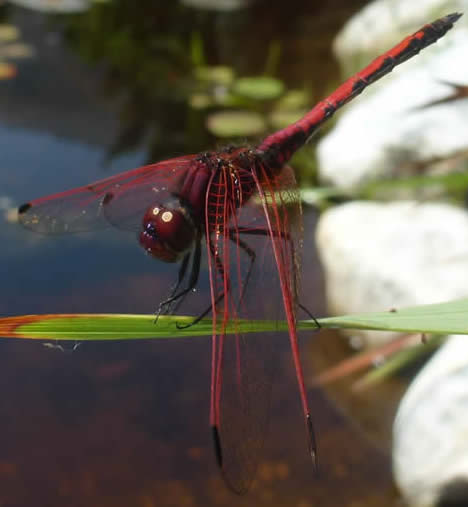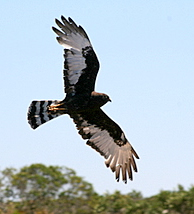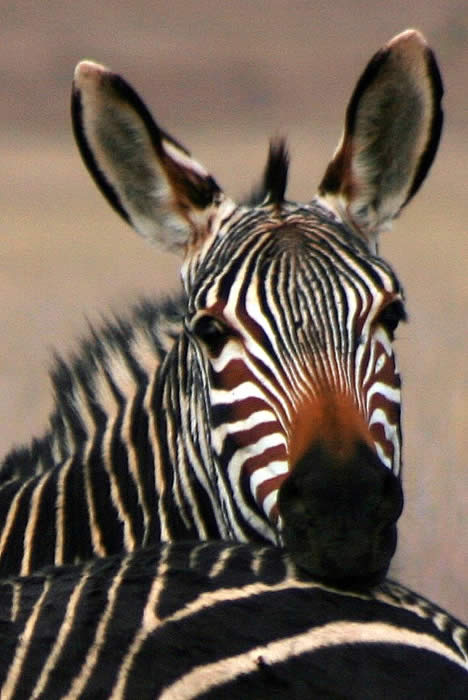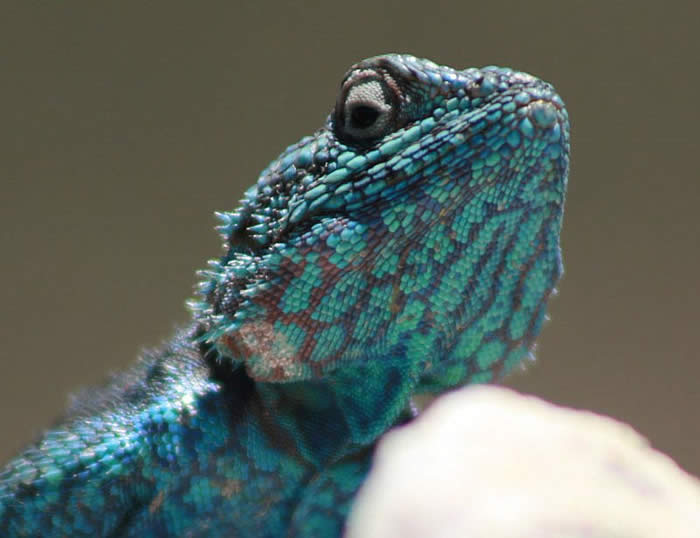South Africa: Cape & the Garden Route
24 January – 8 February 2026 *
Western Cape, the Garden Route and more
From the moment you arrive at Cape Town by air, the sheer beauty of the Cape strikes you. The spectacular Table Mountain and its adjacent hills dominate the landscape. Numerous bays and shallow lagoons add to this idyllic scene.
The holiday is based on two main centres, the Cape Town area (six nights) and the Garden Route (five nights), plus two nights in the Little Karoo (Oudtshoorn) and one night at Stellenbosch before the return flight.
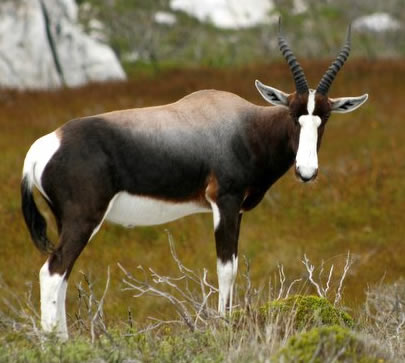
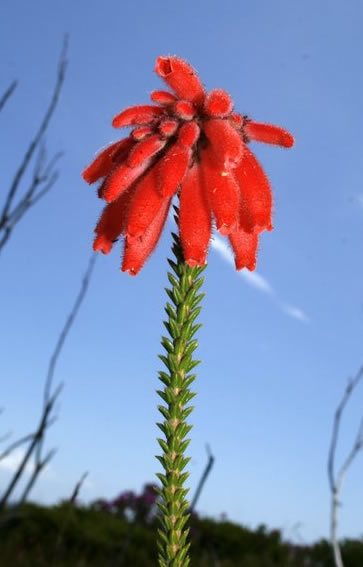
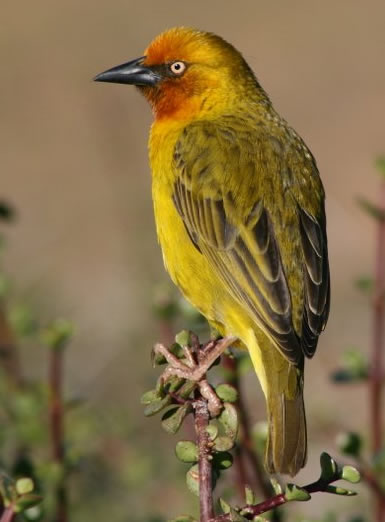
Left to right: bontebok, fire heath and Cape weaver.
Cape Town area (6 nights)
On the Cape Peninsula We will visit Silvermine Nature Reserve, which has excellent fynbos and is a great place to introduce you to the fynbos flora of the Cape. We will also visit the Cape of Good Hope Nature reserve, which is now part of the Table Mountain National Park. This windswept park has many indigenous plant species. Indeed the 7,750 hectare reserve has as many plant species as the whole of Great Britain. The park also has a variety of mammals such as the Cape mountain zebra, bontebok, red hartebeest, eland and Cape grysbok. Troops of chacma baboons are often encountered on roadsides.
Penguins at Boulders Beach. More about African penguins and their conservation here from BirdLife International (April 2022).
The African Penguin colony at Boulders Beach (Simon’s Town) is always a highlight to visit, for an eyeball-to-eyeball encounter with this threatened species. Strandfontein water treatment plant, Rietvlei and Rondevlei nature reserves offer excellent opportunities to get to grips with waterbirds, including black-necked grebes, various ducks, purple gallinules and pied kingfishers. Reedbed and pools at Rondevlei have African sedge warblers, several heron and egret species, sacred ibis, African darter, reed cormorant and malachite kingfisher.
Flamingos, pelicans and sacred ibises at Strandfontein.
Kirstenbosch botanical gardens is one of the best-known gardens in the world. Situated on the slopes of the spectacular Table Mountain, it specialises in the indigenous flora of South Africa. Sunbirds abound and Cape sugarbirds can be seen. Cape francolin and helmeted guineafowl are often found among the colourful flowerbeds.
The plateau on Table Mountain affords amazing views when the 'table cloth' of cloud is not down. Rock hyraxes, small mammals related to elephants, can be seen here, while rock agamas, Cape crag lizards and Cape girdled lizards sun themselves on the rocks.
Coastal birds should include Cape gannet, kelp gull, swift tern, Cape, white-breasted and crowned cormorants, African black oystercatcher and white-fronted plover. Coastal fynbos scrub holds malachite and orange-breasted sunbirds, fiscal flycatcher and Cape siskin. Other frequent birds might include Cape robin-chat, Karoo prinia, grey-backed cisticola and southern boubou.
Speckled pigeon (this one's on Table Mountain); Cape dwarf chameleon.
The West Coast National Park to the north of Cape Town is noted for its large coastal lagoon, holding many thousands of wading birds including large numbers of little stints, curlew and marsh sandpipers, Kittlitz's, white-fronted and chestnut-banded plovers. Greater flamingos may be mixed with South African shelducks. Birds of prey can include African marsh harrier, African fish eagle, black-shouldered kite and the handsome black harrier, a speciality of the park.
We will follow the spectacular coastline out of False Bay to Rooiels to the Cape rockjumper walk. Ground woodpecker, Cape siskin, orange-breasted sunbird, Cape sugarbird, Victorin’s warbler, Cape rock-thrush and Cape bunting are also seen here. After visiting the Stony Point Penguin colony, we will spend the afternoon in the Harold Porter National Botanical Gardens with its wealth of indigenous flora. We return to Cape Town via Sir Lowry's Pass and the scenic Cape Mountains where we will be looking out for Verreaux’s eagle and white-necked raven.
Terns in the West Coast National Park.
The Little Karoo (2 nights)
We stay two nights at a guest farm (ostrich farm) at Oudtshoorn, the ostrich capital of the world. One of South Africa’s greatest natural wonders, the Cango Caves, has stalactites, stalagmites and helictites. The Swartberg Pass will take us through some craggy mountain scenery covered in ‘montain fynbos’. Up at this high altitude there are many of the protea family that survive the snow in winter and heat in summer. This mountain range of beautiful vistas and twisted strata, separates the Great Karoo from the Little Karoo. Cape rockjumper, Victorin’s warbler, Cape siskin, ground woodpecker and protea seed-eater are a few of the special birds to look out for.
The Garden Route (5 nights)
Indigenous forests, a rugged coastline, wetlands, mountains, rivers and hidden coves, hint at the range of wildlife to be enjoyed on the Garden Route. The Garden of Eden nature reserve has mighty Outeniqua yellowwood trees, as well as many other types of indigenous trees and plants. As well as forest birds, reptiles include the endemic Knysna dwarf chameleon, boomslang (tree snake) and puff adder.
The beautiful coastline of the Robberg Peninsula is a red sandstone promontory, its rugged coastline and high cliffs is a favourite venue for naturalists. Southern right whales, dolphins, Cape fur seals and seabirds are seen from the cliff tops, while in amongst the coastal fynbos there are small antelopes like the common duiker or grysbok. Archaeological digs are revealing some interesting facts about the early inhabitants (700BC) of the peninsula.
Robberg peninsula
On a leisurely boat trip up the Keurbooms River we look out for kingfishers, fish eagles and riverine birds,
while the boat takes us into the forest. In the Tsitsikamma National Park, the Knysna turaco, Cape batis and
chorister robin are three of many forest birds to look out for. The beach at Nature’s Valley is one of the
most beautiful in South Africa. Occasionally we see Cape clawless otters here.
The Diepwalle Forest has the last few remaining forest elephants, though the chance of seeing one of these
great animals is slim. Birds include narina trogon, African emerald cuckoo, green woodhoopoe and Knysna
woodpecker. Above the forest towards the Spitskop Peak we will be out of the forest and into fynbos, a
chance to do some botanising.
In Knysna Lagoon National Park the lagoon flows in to the Indian Ocean. Tidal mudflats attract many
migrating birds. At the Featherbed nature reserve, only accessible by boat, we take a coastal walk exploring
caves and looking out for the rare blue duiker.
At the Tsitsikamma National Park the indigenous forest and the Indian ocean meet. The national park has
more than 220 bird species and regular sightings of common dolphins and southern right whales are made
from the shore.
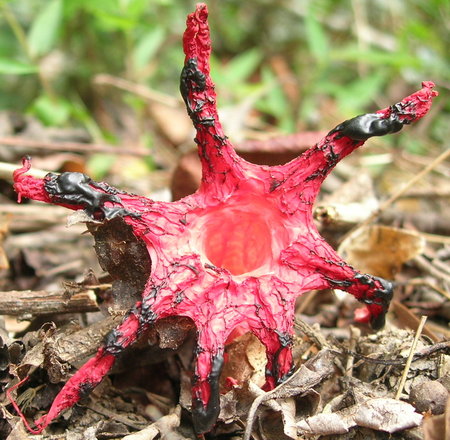
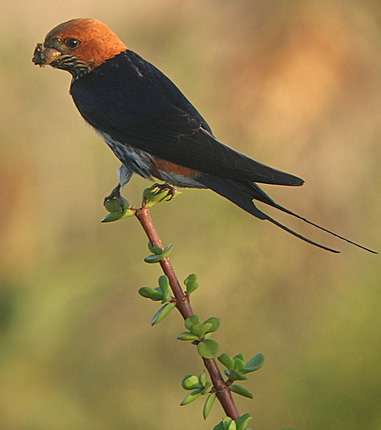
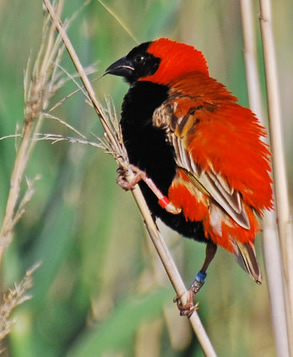
Stink horn fungus Aserae rubra, lesser striped swallow; Aristea confusa; red bishop (Rob May).
Return and Stellenbosch (1 night)
We drive back to the Cape Town area, and spend our last night at Stellenbosch.
Holiday details
Price: £5,900 per person in twin room for 14 nights in South Africa, plus one overnight travel day on the outbound day (Saturday to Sunday). Price without flights: £4,900 per person (sharing).
Premium class seats on flights to be charged at what they cost, currently around £450 each way with Norse Airlines.
Single room supplement: £400
En suite facilities.
Flights: scheduled flights, London to Cape Town. These will be with Norse Airlines from Gatwick (South Terminal, schedules as below). If anyone prefers British Airways Heathrow-Cape Town (schedules not yet available, though likely to be an overnight flight in both directions) we can arrange collection and return to the airport at different times..
24 Jan 2026: ZO795 depart London Gatwick 20:30 arrive Cape Town 10:10 on 25 January.
8 Feb 2026: ZO796 depart Cape Town 12:30 arrive Gatwick 22:15
(minor amendments, July 2025).
Deposit: £1000, or £2,000 if requesting premium class seats on flights.
Maximum number (two leaders): 14. Minimum: 3
Provisionally, accommodation will be as follows. In the Cape Town area (6 nights), Hout Bay Manor. Then La Plume at Oudtshoorn (2 nights). Garden Route: 5 nights at Tsitsikamma Lodge, then Stellenbosch (1 night).
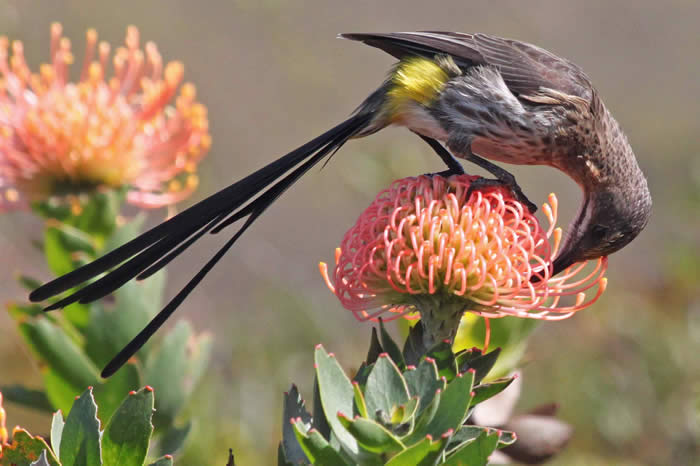
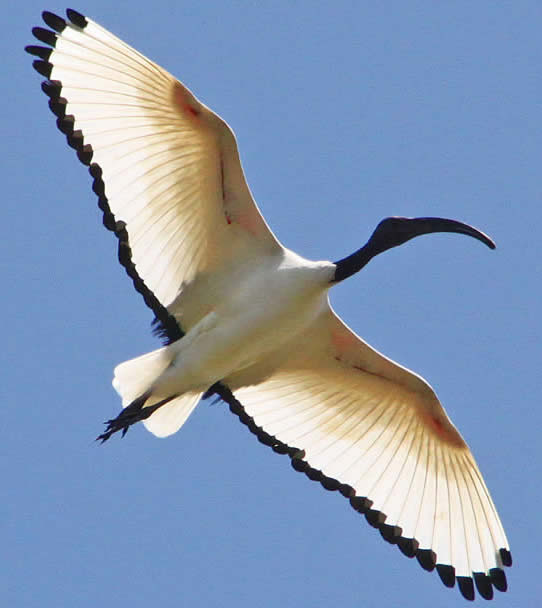
Sugarbird on pincushion protea; sacred ibis.
(John & Jan Croft, October 2011)
Leader(s)
Geoff Crane is the man behind Crane's Cape Tours & Travel, both local leaders and ground agents for Honeyguide in South Africa. An experienced guide himself, Geoff leads all Honeyguide’s holidays in South Africa. Co-leader is Darrin Baxter. Darrin studied nature conservation, was a ranger for South African National Parks and worked with the anti-poaching unit in Hluhluwe-Imfolosi Game Reserve in KwaZulu Natal before he moved into the tourism sector and guiding. He was co-leader on Honeyguide's Namibia holiday in 2018.
Conservation project
The Khoinania Forest Restoration Project aims to restore degraded areas of previously forested land adjacent to the Tsitsikamma National Park. This restored forest will be a carbon sink, especially valuable for this holiday given the carbon footprint of flights to South Africa, though being a community-based project the carbon impacts are not measured precisely as for some bigger projects. The restored forest offers additional 'ecosystem services' such as soil stability and improved water regulation, while also contributing to nature conservation and to local livelihoods. We hope to visit the project while in the area.






